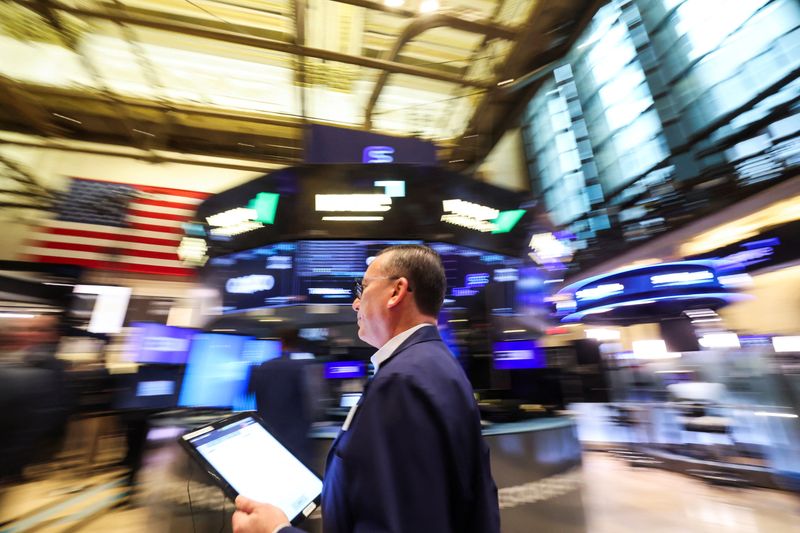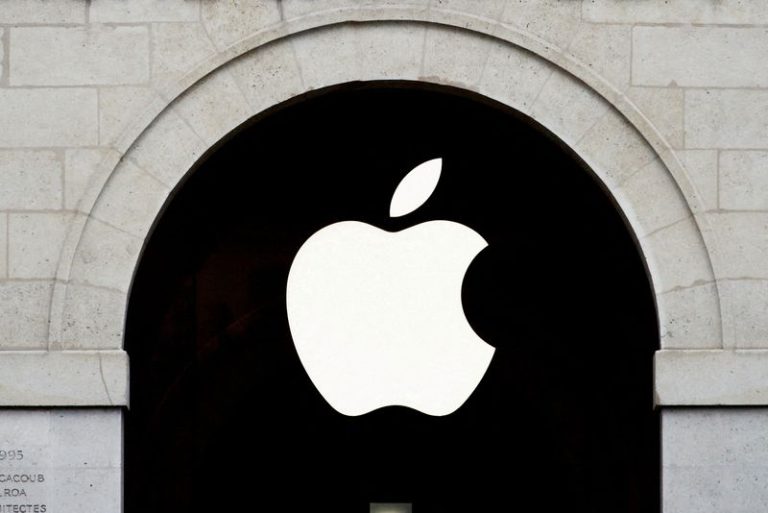By Stephen Culp
NEW YORK (Reuters) – U.S. stocks suffered steep losses on Monday as U.S. President Donald Trump ramped up his attacks on Federal Reserve Chair Jerome Powell, prompting investors to worry about the central bank’s independence even as they grapple with the effects of Trump’s ongoing, erratic trade war.
All three major indexes tumbled more than 2%, with big losses in the “Magnificent Seven” group of megacap growth stocks weighing heaviest on the tech-laden Nasdaq.
The S&P 500 closed 16% below its February 19 record closing high. If the bellwether index closes 20% below that all-time high, that will confirm the index has entered a bear market.
Trump escalated his criticism of Powell on Monday, saying the U.S. economy is headed for a slowdown “unless Mr. Too Late, a major loser, lowers interest rates NOW,” in a bellicose Truth Social post which raised concerns over the Fed’s autonomy.
“Countries that have an independent central bank grow faster, have lower inflation; they have better economic outcomes for their people,” said Jed Ellerbroek, portfolio manager at Argent Capital Management in St. Louis. “And politicians trying to influence the Fed is a really bad idea, and it’s very scary for the market.”
The Sino-U.S. trade rift deepened after Beijing warned other countries against striking deals with the United States at China’s expense, adding fuel to the spiraling tariff war between the world’s two largest economies.
“Companies are … not sure how to respond, waiting for final answers from the United States about tariff rates,” Ellerbroek added. “What makes it dispiriting, I think, is the fact that this is like self-inflicted; we’re in this situation by choice, by this administration’s choice.”
The Dow Jones Industrial Average fell 971.82 points, or 2.48%, to 38,170.41, the S&P 500 lost 124.50 points, or 2.36%, to 5,158.20 and the Nasdaq Composite lost 415.55 points, or 2.55%, to 15,870.90.
All 11 major sectors in the S&P 500 ended in negative territory, with consumer discretionary and tech suffering the biggest percentage losses.
First-quarter earnings season shifts into higher gear this week with dozens of closely watched firms due to report. So far, of the 59 companies that have reported, 68% have beaten Wall Street expectations, according to LSEG data.
As of Thursday, analysts expect aggregate first-quarter S&P 500 earnings growth of 8.1%, year-on-year, down from the 12.2% growth projected at the beginning of the quarter, per LSEG.







